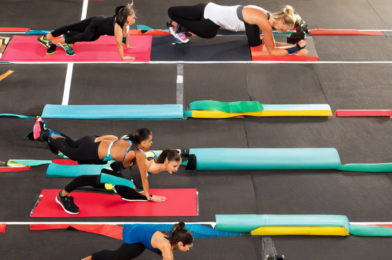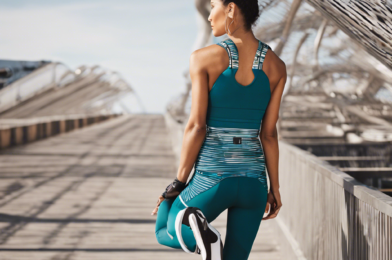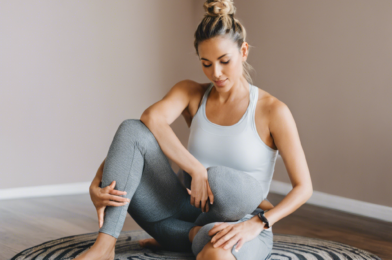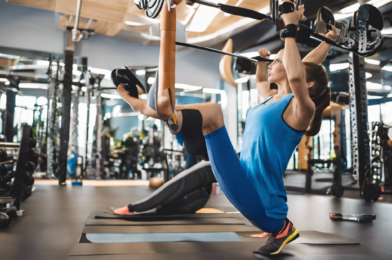Staying motivated during your fitness journey can be challenging, especially when results don’t come as quickly as we’d like or life gets busy and throws us off course. Here are some powerful strategies to help you stay committed and driven as you strive for your fitness goals.
First, it’s crucial to understand your ‘why.’ Take time to reflect and identify your deepest motivations for starting or continuing your fitness journey. Are you seeking improved health, increased energy, or a sense of accomplishment? Perhaps you want to set a healthy example for your children or feel more confident in your body. Whatever your reasons, write them down and refer back to them often. This simple practice will help you stay focused and remind you of the deeper purpose behind your efforts.
Setting realistic, measurable, and time-bound goals is another essential strategy. Break your ultimate fitness goal into smaller, achievable milestones. For instance, if your goal is to run a marathon, set incremental goals to increase your running distance by a certain amount each week. This approach helps you stay motivated by celebrating smaller victories along the way and keeps you from feeling overwhelmed. Remember, progress is a powerful motivator!
Additionally, variety is the spice of life and your fitness routine! Mix up your workouts to keep things interesting and engaging. Explore different types of exercise and activities to find what you truly enjoy. Variety not only keeps your body guessing, which is great for physical progress, but it also stimulates your mind and makes your fitness routine something you look forward to. Try yoga one day, go for a swim the next, and then hit the gym or a dance class. The possibilities are endless!









